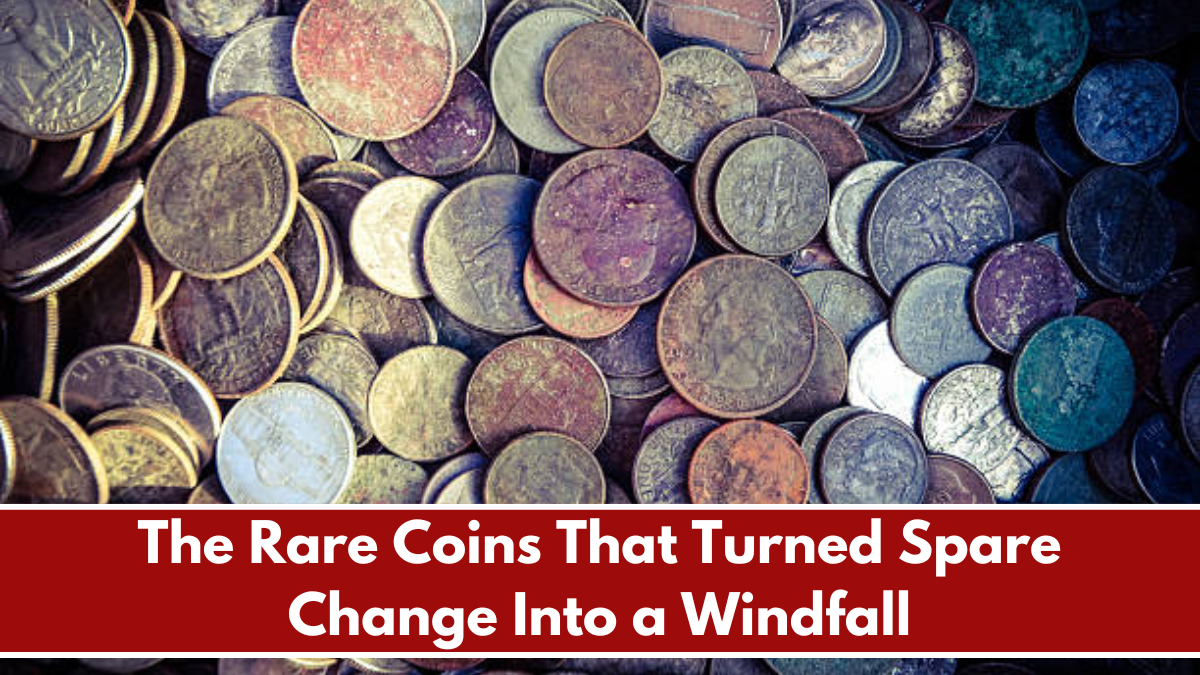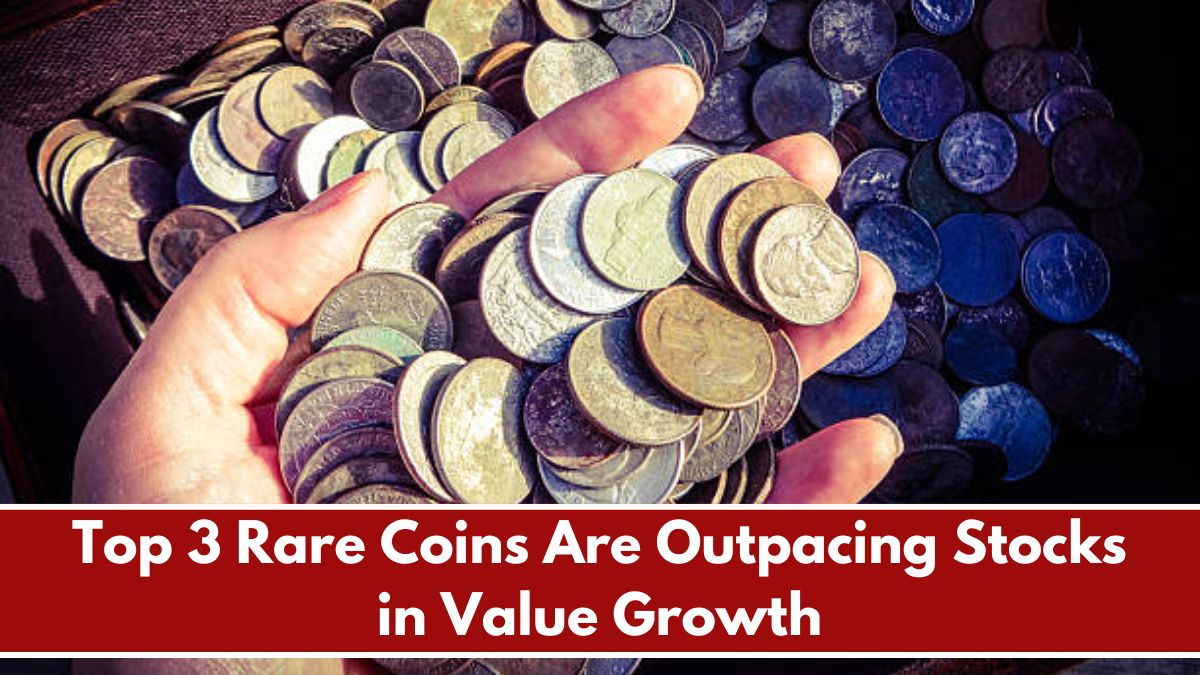The world of coin collecting has fascinated people for centuries, and today, rare coins continue to hold immense value. What makes these coins so valuable? Whether it’s due to historical significance, rarity, or a unique minting error, rare coins can fetch staggering prices at auctions and remain highly coveted by collectors. If you’ve ever wondered what drives the prices of rare coins, let’s explore the factors that make them priceless in today’s market.
The Factors Behind Priceless Coins
- Rarity
Rarity is one of the most significant factors contributing to a coin’s value. Coins that were minted in small quantities or those that were pulled from circulation can become highly desirable. For example, the 1913 Liberty Head Nickel, of which only five exist, is one of the rarest and most valuable coins in the world. The fewer the coins produced, the higher the demand among collectors. - Mint Errors
Minting errors can turn an ordinary coin into a rare treasure. A simple mistake, like doubling the inscription or a misaligned die, can significantly increase a coin’s value. The 1955 Double Die Lincoln Cent, for example, has an error that doubled the image on the coin, and collectors will pay a premium for one in good condition. - Historical Significance
Coins that are tied to significant historical events or periods often carry more value. The 1794 Flowing Hair Dollar, believed to be the first silver dollar minted by the U.S. Mint, is not only a valuable coin because of its age but also because it represents the early days of the U.S. currency system. - Condition (Grade)
A coin’s grade, which refers to its condition, plays a crucial role in determining its worth. Coins with minimal wear, scratches, and discoloration, known as “mint state” or “proof” coins, can be worth much more than those with visible damage. Even small imperfections can greatly reduce a coin’s value. - Market Demand
Finally, market demand is essential. Coins that have become fashionable among collectors or investors can see their prices skyrocket. The increasing interest in precious metals, especially gold and silver, has led to higher prices for coins made from these materials, even those that are not necessarily rare.
In today’s market, rare coins are priceless due to their rarity, historical value, condition, and the demand for them among collectors and investors. Whether you’re a seasoned numismatist or someone with a few old coins in a jar, it’s worth learning more about these fascinating treasures.
FAQ’s:
1. What factors influence a rare coin’s price?
Rarity, mint errors, historical significance, condition, and market demand all affect a coin’s value.
2. How can I tell if a coin is rare?
Research its mintage, mint errors, and condition to determine if a coin is rare. Consulting price guides and numismatic experts can also help.
3. Why are mint errors so valuable?
Mint errors are rare occurrences during the coin-making process, making them highly sought after by collectors.
4. What is the best way to preserve rare coins?
Store coins in protective cases, handle them with gloves, and keep them in a cool, dry environment to prevent damage.
5. Can I sell my rare coins for profit?
Yes, rare coins can be sold through auctions, online marketplaces, or coin dealers, and may be worth significantly more than their face value.













